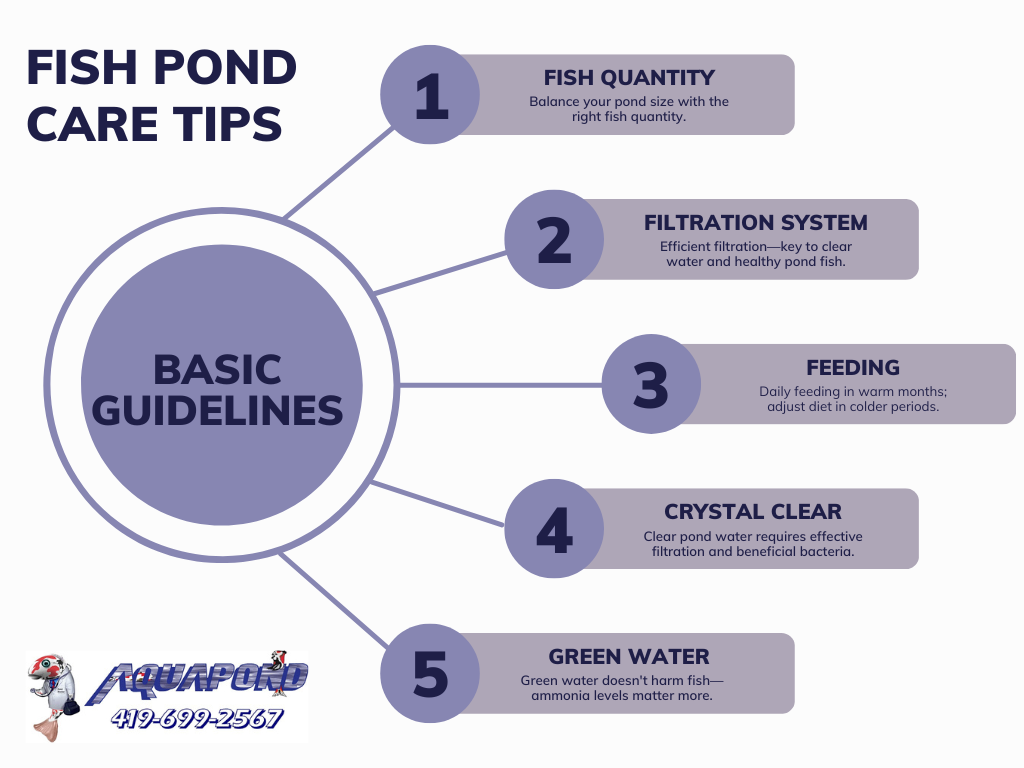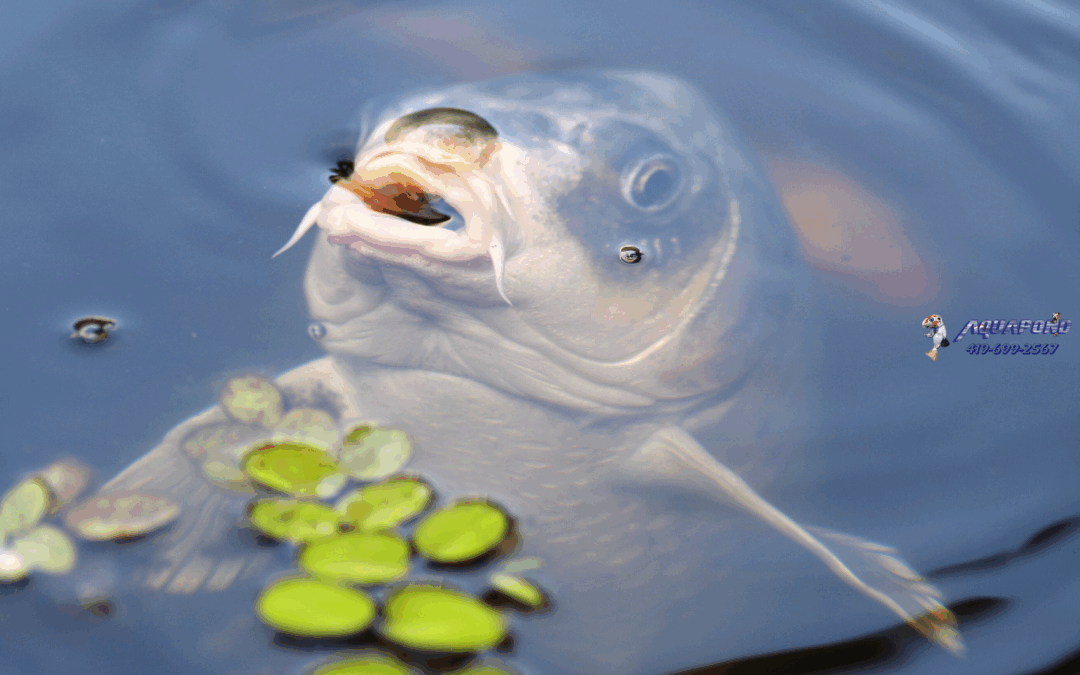Best Fish for Stocking a Pond in Ohio
There’s something undeniably satisfying about casting a line into your pond and pulling out a plump bluegill or watching koi glide beneath lily pads. But turning your pond into a thriving fish habitat doesn’t happen by accident. From species selection to seasonal care, stocking a pond the right way takes a bit of planning and a bit of pond smarts.
Whether you’re managing a farm pond in rural Ohio or a backyard oasis in Toledo, here’s how to build and maintain a healthy aquatic community.
What Kind of Pond Are You Working With?
Start by defining your goal. If you’re dreaming of bass and bluegill for weekend fishing, you’ll want a very different stocking strategy than someone creating a peaceful koi garden.
For larger ponds, think ½ acre and up, bass, bluegill, and channel catfish are a classic combo in Ohio. These fish work well together because they balance each other: bluegill spawn readily, feeding bass; catfish clean up leftover food; and bass keep bluegill numbers in check.
For smaller, decorative ponds, koi and goldfish steal the spotlight. They’re colorful, social, and surprisingly hardy. Just don’t mix koi with game fish; they have different needs and different environments.

How Many Fish Is Too Many?
Overstocking pond fish can cause oxygen depletion, cloudy water, and stunted growth. The right balance depends on the pond size. Acreage for fishing ponds and gallons for ornamental ones. Regardless of size, fish need space to breathe, swim, and grow.
Here’s the smart way to stock:
- For sport fish: A typical 1-acre pond can handle around 100 bass and 500 bluegill fingerlings. Add catfish or redear? Adjust accordingly.
- For koi or goldfish: Aim for 1 inch of fish per 10 gallons of water, but leave space for growth. Baby koi turn into big koi fast.
- Acclimate before release: Float the bag to match the pond temperature, then slowly mix in the pond water. Rushing this step can shock or kill your fish.
Timing Is Everything
In Ohio, spring and early fall are prime times for stocking. Cooler water temperatures mean less stress for fish during transport and adjustment. If you’re ordering from a hatchery (which you should), plan many “fish days” where you can pick up fingerlings for local delivery.
Just make sure you’re buying from a licensed Ohio hatchery. They’ll ensure you’re getting the right species, disease-free, and legal to stock.

Nature’s Lawn Mowers
Got a weed problem? Grass carp can help. These plant-eating fish can reduce unwanted vegetation like pondweed and duckweed over time.
They’re not a silver bullet, and they need to be stocked legally in Ohio (they must be sterile triploids), but they can support a more balanced ecosystem when used properly.
They won’t significantly help your fishing program, but they will reduce the need for frequent herbicide use, and they don’t complain about the menu.
Fish Care by Season
In Ohio, fish might not take a vacation, but their care definitely shifts with the seasons. From spring feeding to winter rest, your pond crew can really benefit from a little extra support all year round. Staying on top of these seasonal changes helps keep the water clean and your fish happy, lively, and flourishing.
Here’s what to do as the calendar rolls along:
- Spring: Start feeding slowly with a wheat-germ formula once temps rise above 50°F. Watch for signs of winter stress like sluggishness or white patches.
- Summer: Fish grow fast and use more oxygen. Aeration is imperative to prevent low oxygen levels during heat waves. Feed consistently, but don’t overdo it.
- Fall: As water cools below 60°F, reduce feeding frequency and switch to a low-protein diet. Help your fish prep for winter.
- Winter: Stop feeding entirely below 50°F. Fish go dormant and won’t digest food. Keep a hole open in the ice with a de-icer or aerator to allow gas exchange.
Balance Above All
The best ponds are balanced ponds. That means the right number of fish, a mix of predator and prey species, and enough oxygen and food to go around. Avoid overfeeding. Remove excess weeds.
Monitor for signs of stress, such as sluggish fish, surface gulping, or unusual behavior, which can indicate poor water quality.
Want help with stocking plans or pond health questions? Contact AquaPond for a consultation!



